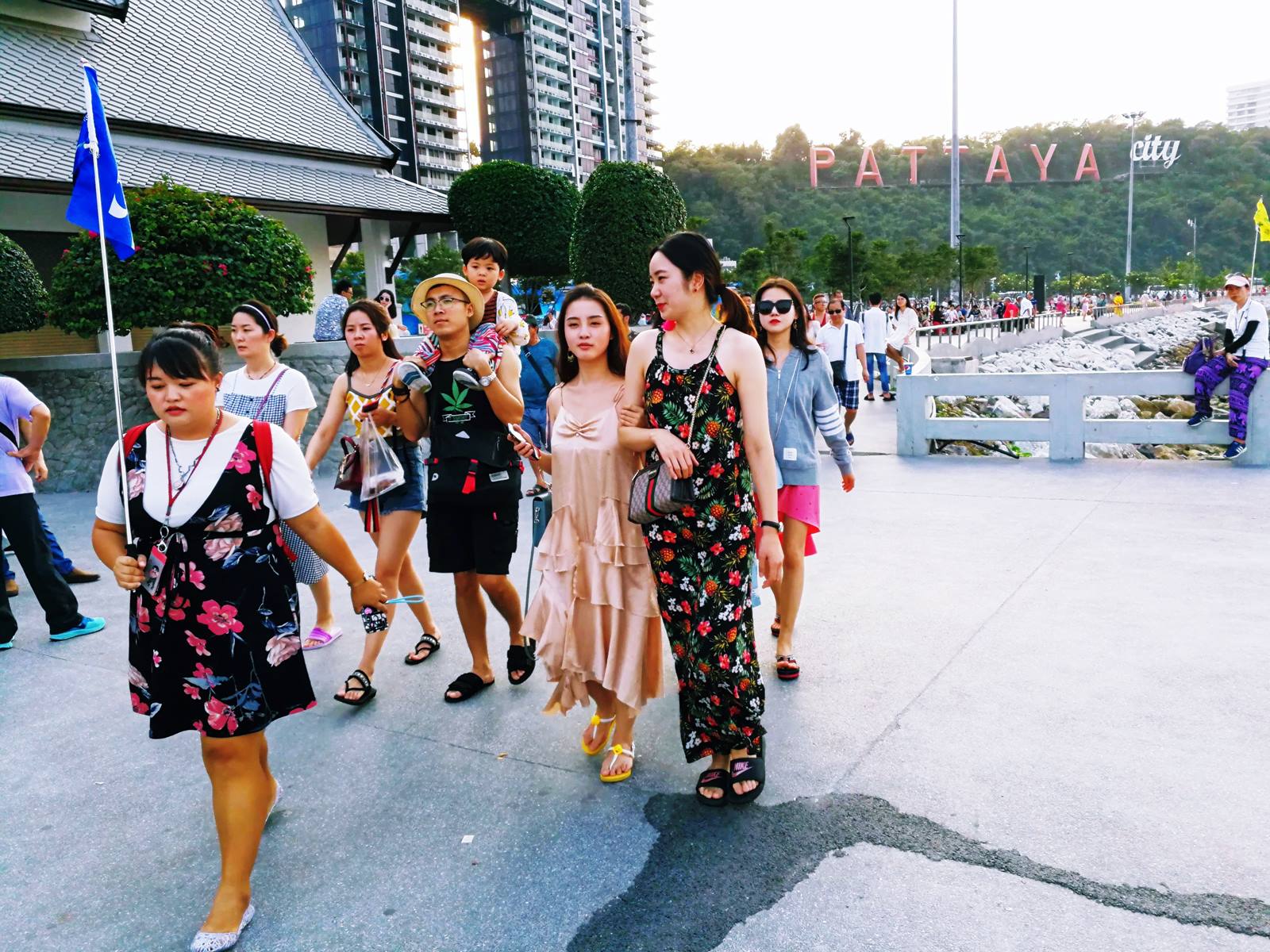Politics
South Korea’s generation of discontent
Author: Hyung-a Kim, ANU
In South Korea 410,000 young people in their 20s are looking for work and unemployed. This is up from 330,000 in 2013 and is a 15-year high. But this deepening societal crisis should come as little surprise.
Following the Asian financial crisis of 1997–98, the IMF bailout package called for the restructuring of South Korea’s economy on top of that ongoing throughout the 1990s. An entirely new generation of irregular or contract workers emerged in the pursuit of a more flexible labour market by both the government and family-owned conglomerates — known as chaebol.
While South Korea’s chaebol have recovered nicely from the crisis, high unemployment or unstable employment have been the outcome for its young people, to the extent that they are known in South Korean society today as the ‘seven-give-up generation’. The seven give-ups include love, marriage, childbirth, human relations, home ownership, personal dreams and hope.
Of the seven give-ups, young men in their 20s and 30s, according to a recent survey by the Chung-Ang Ilbo newspaper, have mostly given up on marriage and dreams. Young women have chosen to give up childbirth and marriage. South Korean workers in general feel that they have been abandoned by both their government and corporations.
As elsewhere, participation in employment, education or training is important for South Korea’s youth to establish themselves in the labour market and achieve self-sufficiency. To a large degree, South Korea’s youth unemployment problem is disguised by a relatively low labour force participation rate of only 46 per cent for young people aged 15–29, with only 41.7 per cent actually employed. More bluntly put, South Korea’s overall unemployment figure of 9.9 per cent grossly understates youth unemployment and underemployment because over 58 per cent of South Korea’s population aged 15–29 are without paid employment.
On average it takes young people 11 months to get their first job. The average employment period for first jobs is only 14.6 months. People not in paid employment focus on vocational training and preparation for employment exams (33.2 per cent), or take up child care and housework (19.8 per cent), or simply ‘kill time’ (18.7 per cent). Actual job seeking by those not in paid employment has decreased to 13 per cent. To postpone the inevitable, many South Korean students simply stay on at school because they can’t find a job. In this context, many well-educated young South Koreans compete for a limited number of prestigious full-time jobs, rather than apply for less-desirable employment options.
And yet, many small and medium-sized enterprises (SMEs) suffer from chronic shortages of labour power, as most college students shun low-paying and physically challenging work in the hope of securing a better job. SMEs are forced to compete to hire more immigrant workers, whose numbers and period of stay are limited by government regulations. Under current labour market conditions, this job mismatch is unlikely to be resolved soon.
President Park Geun-hye’s administration has attempted over several years to push ahead with a plan to increase the overall employment rate to 70 per cent by 2017. Eager to revive the South Korean economy, hard-hit by the recent MERS outbreak, Park has called for labour market reform to create more jobs, especially for young people. She has pushed for a wage peak system that would offer job security to regular workers earning high income, while progressively cutting their wages after they reach a certain age. Park claimed the system was a win–win deal for both older and younger generations.
But the Federation of Korean Trade Unions, one of South Korea’s two major union associations, has boycotted a tripartite forum with its government and employer counterparts since April in opposition to such labour market reforms. Young people in their 20s and 30s seem no less angry, especially about the poor welfare system.
Still, during the past three years, the minimum wage under the Park government has increased annually by over 7 per cent, from 4,860 won to 6,030 won (US$5.10) an hour, or 24.1 per cent in total. And it will increase further by 8.1 per cent next year.
As part of her plan to resurrect the economy, Park met the heads of 17 chaebol in August to ask their help to solve the country’s worsening youth unemployment crisis. She even released former SK Group chairman Choi Tae-won, who was serving a four-year prison term for embezzlement, from jail. Not surprisingly, SK Group, South Korea’s third-largest conglomerate, recently announced that it would hire 24,000 young people by 2017.
Five of the 10 largest chaebol—Samsung, Hyundai Motors, LG, Lotte and Hanwha Group—have also announced plans to recruit young people over four years from 2015, adding in total up to 96,569, new positions, including the above number from the SK Group. But according to the Han’gyoreh newspaper, almost 90,000 of them are ‘internships’ in various forms. Some chaebol have obviously padded their figures by adding small increases to previously planned recruitment numbers.
Despite these policy steps, overall the Park government is seen as incompetent. Some argue that South Korea’s job market should become more flexible in order to absorb more of the young, idle workforce. But they overlook the fact that South Korea’s job security is the worst (and most flexible) among major economies, with an extremely short average work period of 5.6 years per job.
More drastic fundamental policy change is needed to turn the tide, preceded by a paradigm shift in the government’s economic management and government–business relationship. Politicians and bureaucrats must think strategically to shift more of the fruits of South Korea’s economic growth from business to workers, young and old. One approach could be to direct a greater share of the returns of economic growth to more direct job creation, for example by boosting domestic demand. Just letting the chaebol dictate national policy will only make the rich richer and the poor poorer.
Hyung-A Kim is Associate Professor of Korean Politics at the Australian National University. A longer version of this article was first published at Asian Currents.
See original here:
South Korea’s generation of discontent
Politics
US Navy Carrier Conducts Exercises in South China Sea

TEHRAN (Tasnim) – A US Navy aircraft carrier conducted exercises in the contested South China Sea on Friday, the US navy said in a statement. –
A strike group led by the USS Ronald Reagan conducted flight operations and high-end maritime stability operations and exercises, the statement said, Reuters reported.”Integration with our joint partners is essential to ensuring joint force responsiveness and lethality, and maintaining a free and open Indo-Pacific,” US Navy Commander Joshua Fagan, Task Force 70 air operations officer aboard USS Ronald Reagan, was quoted as saying.The drill comes amid heightened tensions between the United States and China.
Washington has criticized Beijing over its novel coronavirus response and accuses it of taking advantage of the pandemic to push territorial claims in the South China Sea and elsewhere.The United States has long opposed China’s expansive territorial claims in the South China Sea and has sent warships regularly through the strategic waterway.China has objected to such exercises and said the US rejection of its claims in the South China Sea has raised tension and undermined stability in the region.China claims nine tenths of the resource-rich South China Sea, through which some $3 trillion of trade passes a year. Brunei, Malaysia, the Philippines, Taiwan and Vietnam have competing claims.
Politics
How China is using tourism for geopolitical goals
The Chinese government has a degree of leverage over its tourists that other governments do not enjoy. Many Chinese tourists are new to international tourism and have limited international language abilities

Decades of astonishing economic growth have given China new tools for extending its influence abroad and achieving its political goals.
(more…)













